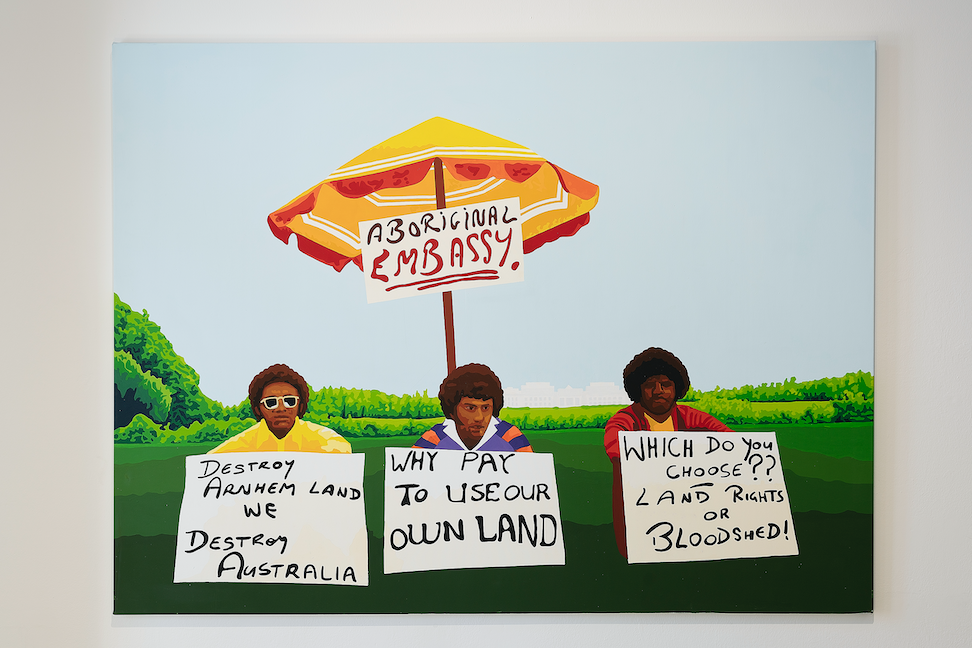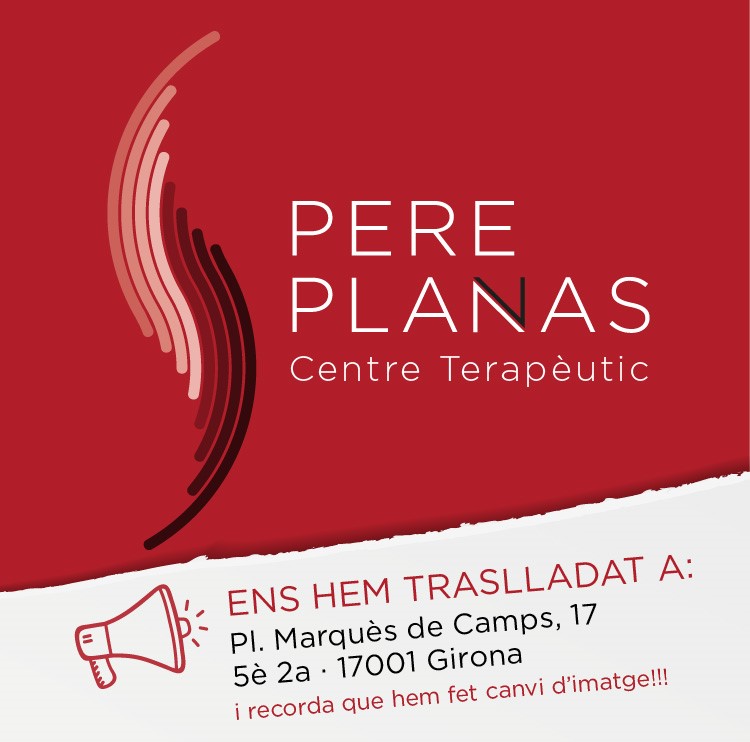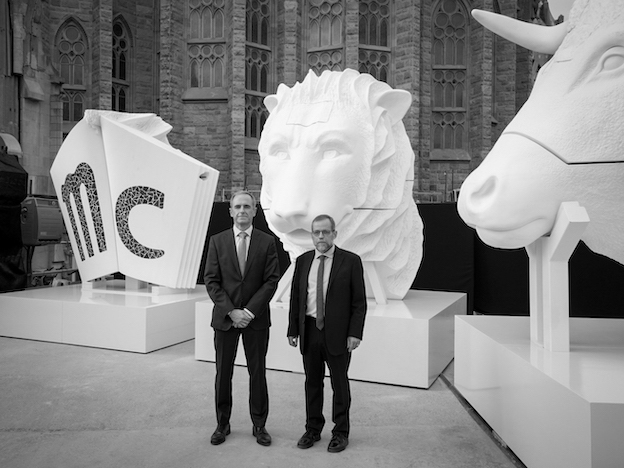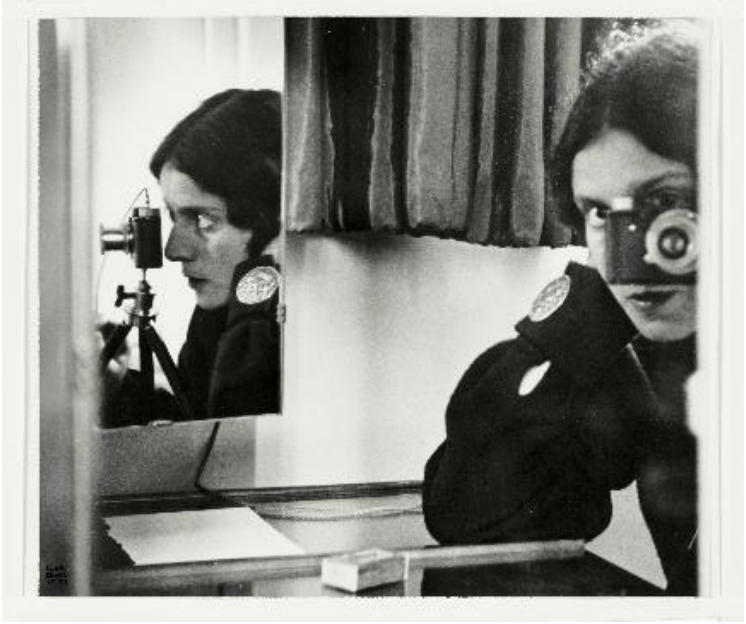contests
Documenta Fifteen

Every five years, the international art world descends on the orderly and prosperous city of Kassel, in Germany, to celebrate Documenta, considered the most important contemporary art exhibition in the world. This edition is curated by the Indonesian art collective Ruangrupa, founded in Jakarta in 2000. It is the first time that artistic direction has been awarded to a group.
Collectivism as the last of the fine arts.
Ruangrupa breaks some of the inertia that characterizes this type of global event. Firstly, the idea of the curator as a patriarch – although there were also women who imitated the male role –; a museum exhibition in vogue and, not least, that of the artist. There is no one , nor is he expected, there is no room for these armored egos. We are facing a Documenta that tramples on the ideals agreed by the market, no matter how much they end up submerged in it. The cultural group catalyst for other things to happen, in the streets and squares, in nature and the river, in its materiality and its processes. Collectivism as the last of the fine arts.
Opened on June 18, Ruangrupa not only succeeds in reorganizing the cultural sphere in mighty Germany for one hundred days, but possibly rewriting what this artistic event means and will mean in the future. The basis of the curatorial concept for this 15th edition is the lumbung , an Indonesian barn used to store the surplus of a rice harvest while the community collectively decides how to distribute it. For the lumbung in Kassel, Ruangrupa invited 14 collectives of international artists. These groups, in turn, invited more than 50 collectives. The result of this maze of connections is that the number of participants is in the thousands. The full list of artists is almost a work of conceptual art in itself: more than 1,700 of them, and the vast majority of them from the Global South: South Asia, Africa, South America and Southern Europe. And from southern Europeans (even if it weighs on us) there are three Spanish collectives that participate: the publishing house Consonni, the agroecological collective INLAND/Campo Adentro and Recetas Urbanas.
 Richard Bell.Documenta Kassel, 2022. Foto: Nicolas Wefers
Richard Bell.Documenta Kassel, 2022. Foto: Nicolas Wefers
Open Ecosystem
There are almost no artists from rich and industrialized countries, and those who are there do not belong to the star-system . From Denmark comes Trampolin, a group representing asylum seekers in the Nordic country. From Australia, Aboriginal Richard Bell urges the whites to return the stolen land. Romanians arrive from Hungary, RomaMOMA with Małgorzata Mirga-Tas, also present at the Venice Biennale. And for those who complain that they are not represented, like the controversy with Israel and more, we must consider that this event is not a UN assembly, but an exhibition with a specific focus on artists from the global south .
This Documenta is an ecosystem of open and collective processes. Undoubtedly, it shows its rejection of Western industrialized countries – including the country that hosts it – exploitation, and criticizes the European refugee policy. From literature, sociology, economics, electronic music or architecture, Ruangrupa creates devices in which the public interacts, and agoras in which to discuss forgotten history, new colonialism or migratory narratives.
Cooperative experiences
Since Szeeman's edition, Documenta has been like the barometer of the artistic practice of the following five years. The effect it has on the programs of art centers around the world is obvious. Perhaps from now on, in museums we will have more cooperative and communal experiences than works. This experience of the museum does not come from now, we have Tiravanija and company and relational art and that. What is new is making everything a collective process or sharing resources. And emphasize that, not the results.
It is exciting to see how, despite the pandemic, international travel being restricted and being literally thousands, they have been able to organize themselves into established assemblies catering to the different time zones. Each group was assigned a "collective pot" independent of production costs, and they themselves decided how to spend it. The MaMa Colombians have decided to give half of everything received to the Chocó natives, with whom they work regularly. The Romanian Dan Perjovschi will allocate part of his budget to a theater festival in his hometown and will also finance a show about the Documenta.
All the collectives that exhibit pursue social or environmental missions in their countries. To name a few, Wajukuu Art Project teaches art to children in Mukuru, a slum in Nairobi, Kenya. In the comfortable Kassel, the group has brought a dark tunnel full of sounds from the streets of Mukuro that leads visitors to the Documenta Halle, one of the most important spaces. Baan Noorg Collaborative Arts and Culture works with monks and herders in a rural area of Thailand, promotes sustainability and preserves local traditions, for lumbung it has installed a skateboard ramp and a marionette theater also in the Halle.
Community practices
Documenta, founded after World War II in an attempt to reclaim Germany as a cultural nation, also functions as a zeitgeist . Interpreting this edition boldly and subtly and imagining new possibilities for creative and community practices is decisive. Perhaps the aesthetic experience does not take center stage, or not as we understand it in the West, which is why it would be worth getting involved in the paradigm shift.
In the image: La Intermundial Holobiente . Documenta Kassel, 2022. Photo: Nils Klinger








